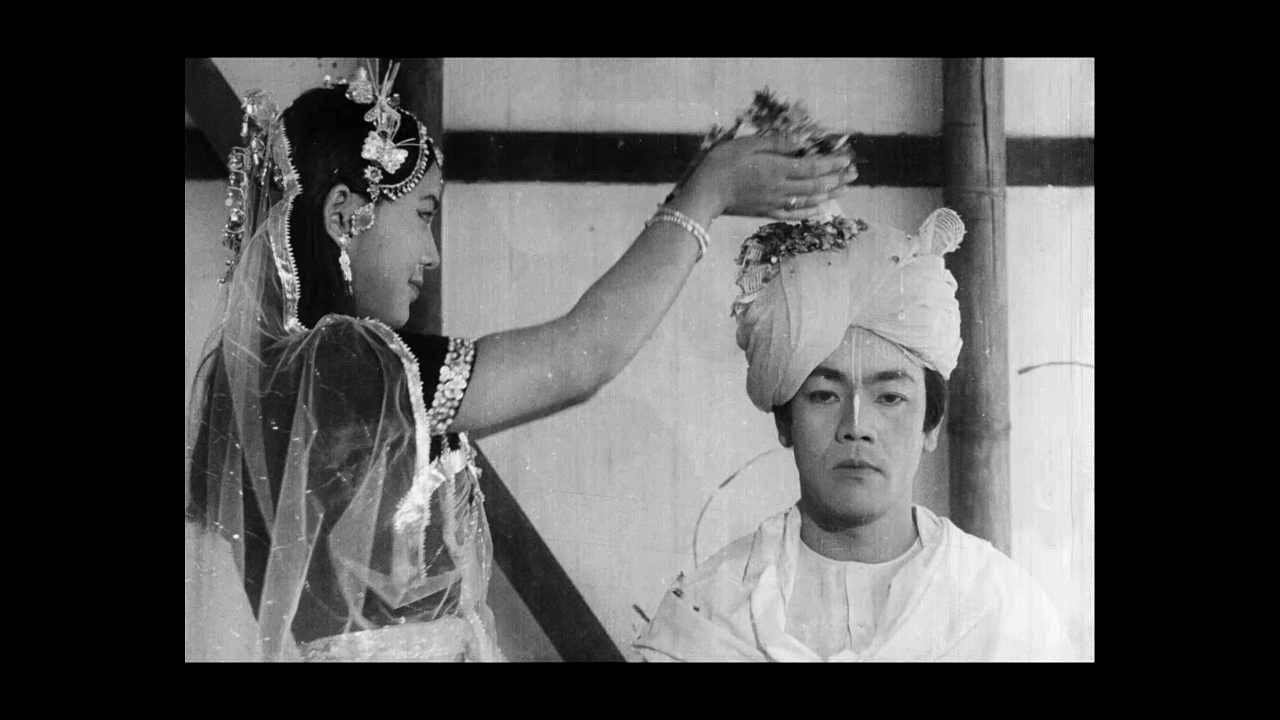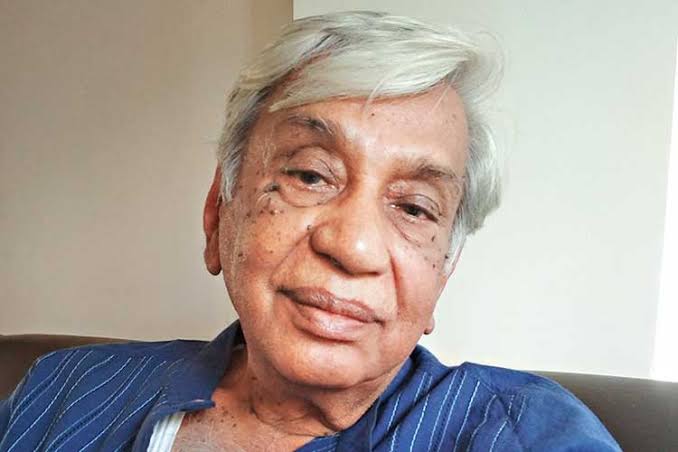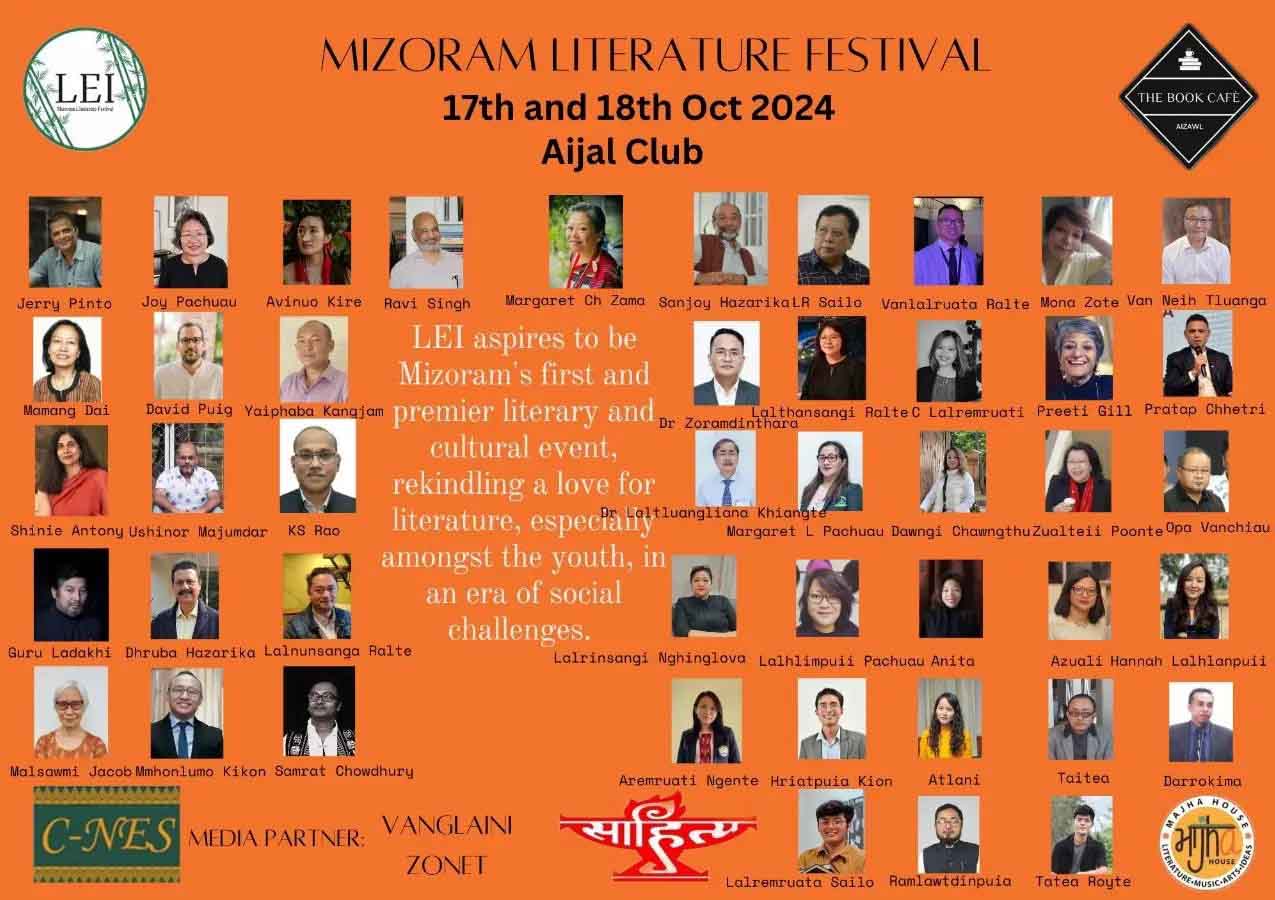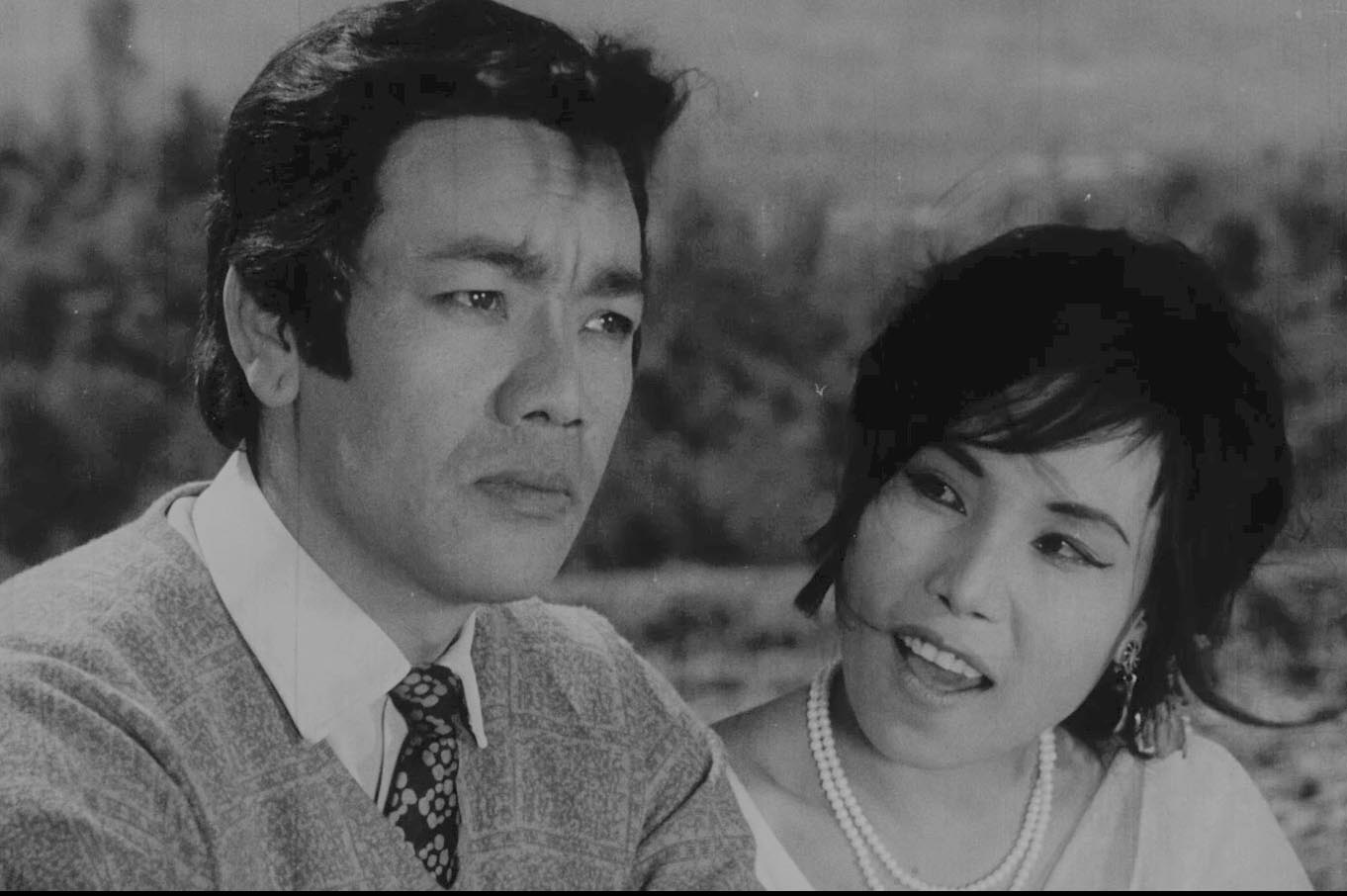This is the second part of the extract of Pradip Phanjoubam’s article in Charles Chasie edited book “The Naga Memorandum to Simon Commission 1929”
Naga Self-determination wish
The Naga Club’s memorandum to the Simon Commission is also remarkable for some of the political vocabulary employed. The meaning of the phrase “self-determination” for instance is obvious, for its literal translation is precisely what the idea connotes. But the currency of this phrase is very much postcolonial, and is generally associated with the wishes of smaller and weaker communities awakening to the reality of the modern state only to find themselves within already constituted states newly liberated from colonialism, to be left on their own. They end up demanding varying degrees of autonomy, and often even complete severance from the countries they had been clubbed into without their consent. That the first generation elites amongst the Nagas, who were also obviously the first generation literates, should have articulated this political aspiration in 1929, is amazing. In fact, these flashes of intellectual density is what made many leaders of newly independent India suspect the complicity of Western missionaries in fomenting revolt amongst the Nagas. Those of us who lived in the 1970s and 1980s will remember how commonplace was this suspicion and allegation of the unseen “foreign hand” behind the uprising not just amongst the Nagas but also other communities in the Northeast. The veracity of this suspicion is another matter, but nobody can deny the passion with which the Nagas held their aspiration for independence, and that this unparalleled commitment to the cause gave them such revolutionary insights, with or without help. No struggle could not have lasted for more than half a century had this not been so.
My intellectual curiosity in the context of this essay is not so much about how this happened, but why this happened. Why is it that the need and yearning for self-determination came to the Nagas earlier than most or all others in the region? Among others, the answer may also well be inherent in the manner and style modern colonial administration reached the region. For it is axiomatic that you yearn for something you do not have or have been deprived of, and quite obviously for not for something you already have. Not out of any design but simply by following the driving commercial and strategic logics of any colonial administration, the Nagas were among the tribes who ended up taken for granted by the new British administration. Bear in mind, when the British first stepped into the region in the early decades of the 19th Century, they were still the East India Company, a colonising multi-national trading company which was given extraordinary powers normally reserved exclusively for the State, including keeping a military and waging wars on native principalities. This chapter of the Northeast story began in 1826 after the British formally annexed Assam having fought back the Burmese who invaded and occupied Assam and Manipur and signed the Treaty of Yandaboo with the Kingdom of Ava (Burma). The British however did not annex Manipur and left it as a Protectorate State, and I will briefly sketch why this was so later in this essay. Assam from the point of view of the British at the time was almost the entire region we now refer to as Northeast, with the exception of Tripura and Manipur. This being the arrangement, without their consent, the hill tribes which included the tribes that the British broadly clubbed at the time as Nagas, came to be part of Assam and together with it, all the politics that unfolded in Assam, and this politics was not a happy one. Not only this, when Assam was annexed, it was made part of the British province of Bengal, therefore bringing the hill tribes deemed as part of Assam, to be also part of Bengal. This, as history is witness, would lead to the birth of linguistic rivalry between Assamese and Bengali speakers which ultimately crystallised into a clash of linguistic nationalisms with some very dire and tragic consequences.
Assam impact
Accentuating this divide was also the fact that when the British were establishing their administrative institutions in Assam after 1826, the Assamese were still very backward in terms of Western education, therefore not able to supply the staff accustomed and skilled in the ways of these new institutions. The British therefore brought in educated Bengalis from Sylhet to fill these vacuums and in the process began a process of transfer of State power from the hands of the local inhabitants to an immigrant but more qualified linguistic group. The Assamese middleclass at the time was too weak to make any credible challenge to these developments, but it was a foregone conclusion that the challenge would come someday in the future. A decade after the annexation of Assam, this transfer of power was complete, and in 1837, the Assam administration declared Bengali as the official language of Assam and also the official medium of instruction in schools and colleges. This was expected to have repercussions, and it did. Indeed, many scholars of Assam history call this event an important marker in not just the birth of Assamese linguistic nationalism, but also the shape it took.[i] There were protests, but not immediately unmanageable for the administration.
Interestingly in this resistance against the imposition of Bengali in Assam, Christian missionaries stood at the forefront. In particular American Baptist missionary Miles Bronson championed the cause of the Assamese language and for the return of the official language status to it in Assam, winning the hearts of the Assamese. Today he is an icon in Assam and institutions are named after him. Why was Miles Bronson doing this? How did it matter to him as a foreign missionary as to which of the two languages was made the official language of Assam? Without doubt it probably had a lot to do with his attachment and sympathy for the cause of the people amongst whom he was working, but there is also another reason. As we have seen in the case of the emergence of the Mizo identity, and how the missionaries worked to bring the tribes under one linguistic group by making Duhlian the lingua franca, in Assam too, many of the hill tribes understood Assamese or else spoke pidgin versions of it. The missionaries were working in this medium already and they obviously would not have been eager to start all over again learning, preaching and translating the gospel in Bengali.
The agitations of the Assamese notwithstanding, the British authorities did not immediately budge their stand and continued to hold on to the view that Assamese is only a dialect of Bengali and to treat the latter as the official language. In later years after the Assamese middle class came of age, the language rivalry predictably intensified, ultimately making the British concede to the demand for reverting the official language status to Assamese in 1873 and to separate Assam from Bengal to be made into a chief commissioner’s province in 1874. This language rivalry had much more profound consequences, in particular at the time of Partition of India in 1947, but this aspect of the traumatic political consequence of colonialism is not within the scope of this paper to delve.[ii] The focus here is, the hill tribes of the then Assam, which included the Nagas, were made part of this politics by virtue of being clubbed with Assam.
The separation of Assam from Bengal in 1874 however was not the end of Assam’s linguistic rivalry problem. After Lord Curzon became Viceroy in 1899, in an effort to break the back of the rising anti-colonial nationalist forces in Bengal, he decided to have Bengal partitioned in 1905, roughly along Hindu-Muslim communal lines. Assam was again made a part of the Muslim dominated East Bengal with Dacca as capital. Powerful protests in Bengal and the rest of India spearheaded by the Indian National Congress were only to be expected, but Assamese too raised their banner of protest, but for a different reason. They did not want to be reduced to a minority status in a Bengali dominated state.[iii] Even the hill tribes, including the Nagas, petitioned with Curzon that Assam be not merged with Bengal.[iv] Bengal ultimately was reunited in 1911 and Assam’s autonomy restored the same year. Had this not been so, it is quite conceivable that the anxiety over threats of Bangladeshi immigrants outnumbering local populations that places like Nagaland are now subject to, could have been of a different dimension altogether.
Another British legislation in Assam which impacted the Assam hills profoundly needs to be mentioned here. This was the Bengal Eastern Frontier Regulation of 1873. As mentioned earlier, Assam was made a part of Bengal after annexation and this remained so until 1874, and this explains the Bengal in the nomenclature of this regulation. Colonial historian Edward Gait points out that this Regulation was the first law ever promulgated in Assam. This was done “under the authority conferred by the Statute 33 Vict., Chapter 3, which gives to the executive Government of India a power of summary legislation for backward tracts. Such laws are called Regulations to distinguish them from the Acts, or laws passed after discussion in the legislature.”[v] This regulation drew a line along the foot of the hills that surround the Assam valley beyond which British subjects were not free to venture into except with a special permission from the administration. This was a way of separating the British administered revenue districts in the plains from the non-revenue “wild hills” which the British left only loosely administered, occasionally taking out area domination expeditions or else punitive ones for breaches of law by the hill tribes in the colony’s administered areas, but virtually nothing more. Quite obviously, the British were interested primarily in tax revenue, and it was the fertile river valleys of Assam which offered this and not the hills. This would change after land hungry tea industry saw a boom in Assam, and tea planters began coveting the hill lands too, but this discussion will again be beyond the scope of this paper. It is however to the point to mention here that the position of the Inner Line was shifted several times at different locations by simple notifications in the official gazette and nothing more, to extend the British administered area so that tea planters could push further into the foothills with the benefit of the administration’s protection.[vi] It is one of those curious and ironic turns of history that the Inner Line which was once drawn to protect British revenue interest in the plains, is now seen, and indeed has become, a line to protect the interest of those once excluded by the British in the interest of their own revenue administration.
But the Inner Line had other consequences that would have deep impacts on the politics and psychology of the people enclosed within them. By the end of the First World War and in view of the changing geopolitics as well as rising political consciousness among the Indian masses, the British began acknowledging the need and inevitability of introducing some measures of representative governance in their prized colony. This began with the Government of India Act 1919 which introduced provincial local governments with limited powers. However, in the Assam, the hills enclosed within the Inner Line were left out as “Excluded Areas” and left under the broad gaze of the governor of the province on the plea that these hills were still not ready for modern representative governance. The next landmark was the Government of India Act 1935 which further expanded the power and coverage of representative governance the 1919 Act introduced. The Simon Commission was part of the preparatory initiatives of this Act. The 1935 Act, which came after the Naga Club’s encounter with the Simon Commission, among others, further expanded scope of the local provincial governments. The hills beyond the Inner Line in Assam also came to be under two categories as some of them which had become reasonably acquainted with the British administration were classified as “Partially Excluded Areas” and given some representations in the provincial government, although not by direct election but by nomination of the governor. The rest, including the then Naga Hills, continued to be “Excluded Area” and under the governor.
A little later Robert Reid a governor of Assam, in 1937 wrote 22-page important note titled A Note on the Future of the Present Excluded, Partially Excluded and Tribal Areas of Assam.[vii] An Oxford professor, Reginald Coupland, with permission, used Reid’s suggestions in the last of three Oxford volumes on problems of constitution making in India he was compiling in 1943, and sometimes Reid’s idea is falsely credited to him as the “Coupland Plan”[viii]. The plan was ultimately not accepted for many reasons, most importantly objections on its feasibility by many other British administrators in Burma and India, but what it envisaged was to leave the hill regions of the Northeast together with contiguous mountainous Upper Burma as a “Crown Colony”, neither under India nor Burma, but overseen by the British government. It would not be altogether unreasonable to speculate that Reid could have also had the Naga Club’s representation to the Simon Commission in mind when he wrote this. Interestingly the map of this proposed Crown Colony bears resemblance to a portion of what James C. Scott much later visualised as Zomia[ix]. There were three other British administrators at the time besides Robert Reid who independently wrote notes proposing very similar administrative arrangements – James P. Mills, Andrew G. Clow and Philip F. Adams.[x] Between Shillong and Imphal, all of them also preferred the later for a capital for such a “Crown Colony”.[xi] In hindsight, perhaps we are better off the plan did not materialise, for it is imaginable how chaotically unmanageable such a political arrangement would have been.
The point that I have been labouring to make is that in the period between the formal annexation of Assam by the British in 1826 and the Naga Club meeting the Simon Commission on January 10, 1929, the Nagas have had little or no say in the politics that determined their lives. They were swept along by politics of others in which they had little interest or stake. This rudderless helplessness would have been gnawing away at the sense of dignity of the Naga tribes all along but particularly so of emerging Naga elite. This anxiety of having to be left at the hands of those who the Nagas believed despised them for their consumption of pork and beef, or else for their lack of education, is quite loudly evident in the Naga Club memorandum. This anxiety is also what was likely the cause behind the early internalisation of the notion of self-determination, and hence the demand for it by the new Naga elite, arguably earlier than most others in the region.
[i] See for instance, Sajal Nag, Roots of Ethnic Conflict: Nationality Question in North-East India, (Manohar 1990)
[ii] For a more detailed discussion, see the chapter Linguistic nationalism vs religious nationalism: Partition Trauma and the Northeast in Pradip Phanjoubam, The Northeast Question: Conflicts and frontiers, (Routledge 2016).
[iii] For a more detailed picture of this linguistic rivalry see, Sanjib Baruah, Durable Disorder: Understanding the Politics of Northeast India, (OUP 2005)
[iv] Amalendu Guha, Planter-Raj to Swaraj: Freedom Struggle and Electoral Politics in Assam, 1826-1947, (People’s Publishing House, 1977)
[v] Edward Gait, A History of Assam, p.387
[vi] See Bodhisattva Kar, When was the Postcolonial? A History of Policing Impossible Lines, in Beyond Counter-insurgency: Breaking the Impasse in Northeast India, (ed) Sanjib Baruah (OUP 2009)
[vii] Syiemlieh, David R. has complied this note and three other similar ones by British administrators of the time with a detailed introductory commentary by him in a volume titled On the Edge of Empire: four British Plans for North East India 1941-1947, (Sage Publication India Pvt Ltd., 2014)
[viii] Ibid, p.10
[ix] Scott, James C., Art of Not Being Governed: An Anarchic History of Upland South East Asia (Orient Blackswan 2010). The notion and the term Zomia however was first conceived by Dutch scholar, Willem Van Schendel.
[x] Syiemlieh, David R., On the Edge of Empire: four British Plans for North East India 1941-1947, (Sage Publication India Pvt Ltd., 2014)
[xi] See ibid.









